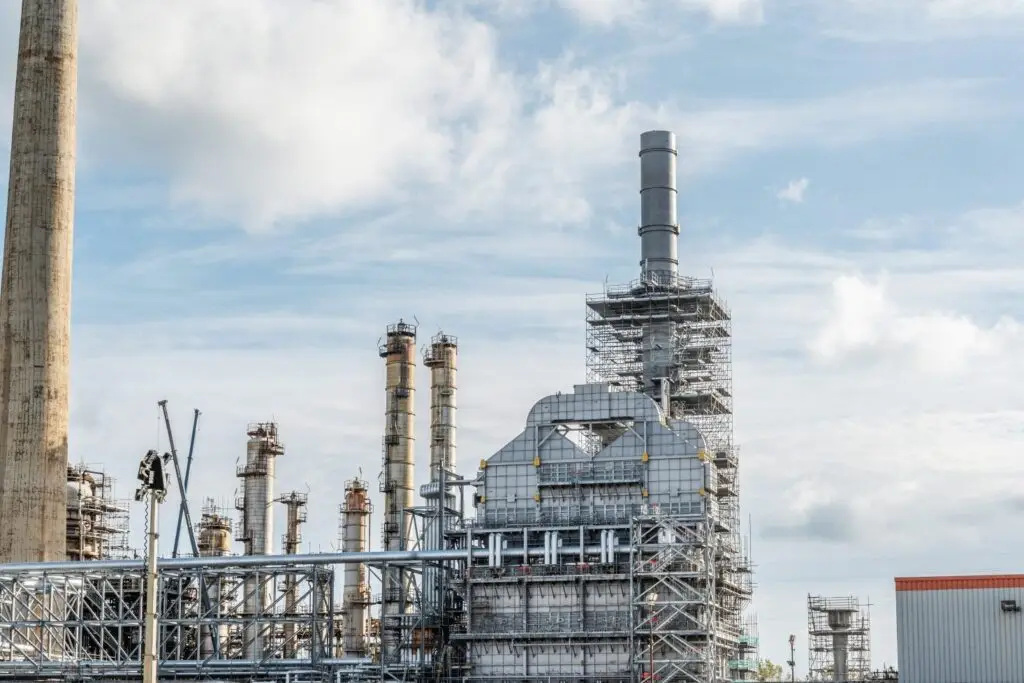EET Fuels, the operator of the Stanlow Refinery in Cheshire, has announced significant progress in its ambitious project to become the world’s leading low carbon process refinery.
The company has reached the front-end engineering design (FEED) stage of its Hydrogen Fuel Switching project. This project utilises hydrogen supplied by EET Hydrogen, a co-located low carbon hydrogen production company. To execute this phase, EET Fuels has enlisted Wood, a global expert in consulting and engineering, to finalise the designs for the fuel system. This system is intended to integrate with the refinery’s hydrogen-ready crude distiller furnace.
Wood is also tasked with redesigning core infrastructure and control systems to ensure efficient and safe hydrogen combustion. Once the FEED phase is complete, EET Fuels will be positioned to make a final investment decision (FID) on the project next year. The hydrogen-ready crude distiller furnace at Stanlow, the first of its kind in the UK, can operate on 100% hydrogen or a fuel-gas mix. When operational, this furnace is expected to cut emissions at the refinery by 0.2 million tonnes annually.
The availability of hydrogen from EET Hydrogen will allow for the fuel switching of all fired-heaters on site. This development is a crucial step towards EET Fuels’ objective to reduce CO2 emissions at Stanlow by 95% by 2030. EET Fuels CEO Deepak Maheshwari emphasised the company’s commitment to this goal, stating, “We have groundbreaking plans for EET Fuels in the UK with the Stanlow Refinery at its heart. Hydrogen Fuel Switching is an integral part of these plans, and conducting the FEED alongside a great partner in Wood will allow us to confidently move forward to final investment decision.”
Moreover, Maheshwari highlighted that the project is on track to become the first low carbon process refinery globally, providing fuel supply security and supporting employment in the UK’s industrial heartlands.
Stanlow Refinery’s transition to hydrogen power is a pivotal move towards sustainability, aiming for a substantial reduction in CO2 emissions by 2030.


